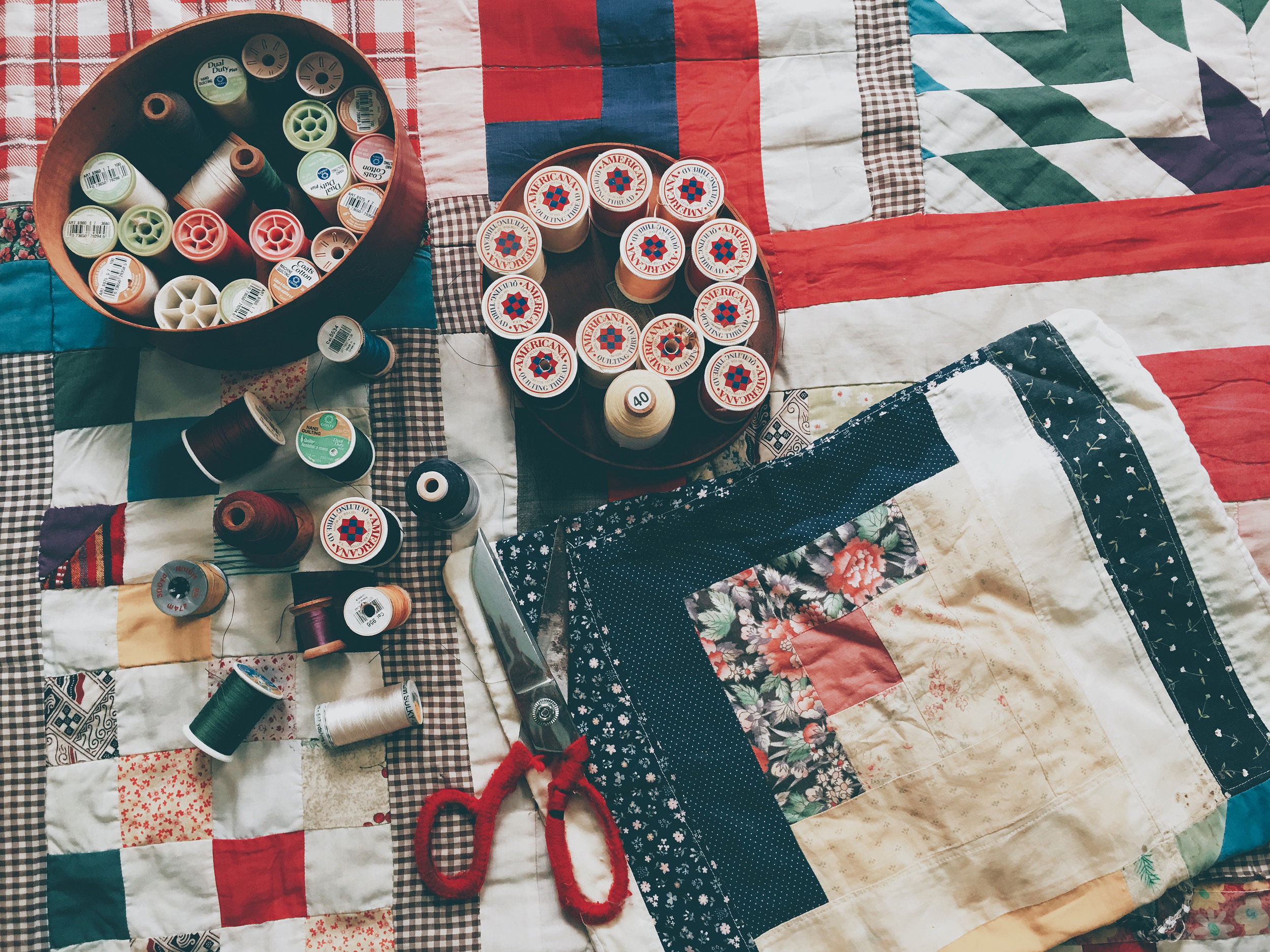Quilting for Beginners: Your Roadmap to Crafting Cozy Quilts
Quilting is a timeless craft that combines creativity and functionality, resulting in beautiful and cozy quilts that not only provide warmth but also tell a unique story through fabric and design. If you've ever been intrigued by the world of quilting but felt overwhelmed by the prospect of starting, fear not. This comprehensive guide is designed to help beginners embark on their quilting journey with confidence. We'll explore the basics, essential tools, quilting techniques, and even touch on some advanced tips, ensuring you're well-prepared to create stunning quilts.

The Art and History of Quilting
Quilting has a rich history that dates back centuries. Traditionally, quilts were born out of necessity, providing warmth and comfort to families. Over time, quilting evolved into a beloved art form, with quilters creating intricate designs and patterns. Today, quilts serve as both practical bedding and cherished heirlooms.
The Benefits of Quilting
Before we dive into the techniques, let's explore why quilting is a fantastic hobby:
- Creativity: Quilting allows you to express your creativity through color, pattern, and design.
- Relaxation: The repetitive nature of quilting can be calming and meditative, reducing stress and anxiety.
- Sustainability: Quilting often involves repurposing fabric scraps and recycling old textiles, contributing to a more sustainable lifestyle.
- Generational Legacy: Handcrafted quilts can become family heirlooms, passed down through generations.
Getting Started with Quilting
1. Gathering Essential Supplies
To start your quilting journey, you'll need a few essential tools:
- Fabric: Select a variety of fabrics for your quilt top, including a focus fabric, coordinating prints, and solids.
- Batting: This is the middle layer of your quilt, providing warmth and thickness.
- Backing Fabric: Choose a fabric for the back of your quilt.
- Thread: High-quality quilting thread in various colors.
- Cutting Tools: Rotary cutter, cutting mat, and clear quilting ruler.
- Sewing Machine: While quilting can be done by hand, a sewing machine expedites the process.
2. Understanding Quilt Blocks and Patterns
Quilts are composed of blocks, which are individual sections of the quilt top. Understanding different block designs and patterns is essential to creating a unique quilt.
- Block: A single unit of a quilt, often made up of various pieces of fabric sewn together.
- Pattern: A set of instructions for creating a specific quilt design.
3. Basic Quilting Techniques
Piecing
Piecing involves sewing fabric pieces together to create blocks. You'll use a quarter-inch seam allowance for accurate piecing.
Quilting
Quilting refers to the process of stitching together the quilt top, batting, and backing. Common quilting methods include straight-line quilting, free-motion quilting, and hand quilting.
Binding
The binding is the fabric strip that finishes the edges of the quilt. It's both decorative and functional, providing durability.
4. Quilting Patterns for Beginners
Rail Fence
A rail fence quilt is made by sewing strips of fabric together to form rectangular blocks. It's a simple yet visually striking pattern.
Nine-Patch
The nine-patch pattern consists of nine equal-sized squares arranged in three rows of three. It's a versatile design that can be customized with different fabric choices.
Log Cabin
The log cabin pattern involves building a block by adding strips of fabric around a central square, resembling the logs of a cabin.
5. Advanced Quilting Techniques
Once you've mastered the basics, consider exploring more advanced techniques, such as appliqué, paper piecing, and curved piecing, to create intricate quilt designs.
Tips for Successful Quilting
Accuracy Matters: Precise cutting and seam allowances are crucial for well-fitting quilt blocks.
Press, Don't Iron: Press your fabric with an iron to set seams rather than vigorously ironing, which can distort the fabric.
Practice Patience: Quilting is a meticulous craft, so take your time and enjoy the process.
Test and Experiment: Create a small sample or "quilt sandwich" to test your quilting techniques and stitches.
Join a Quilting Community: Engage with local quilting groups or online forums to learn from experienced quilters and gain inspiration.

Sources for Quilting Inspiration and Learning
- The Quilting Company
- National Quilters Circle
- The Spruce Crafts - Quilting
- YouTube - Quilting Tutorials
- Pinterest - Quilting Ideas
Embrace the Quilting Adventure
Quilting is an art form that allows you to create beautiful, functional, and deeply personal pieces. Whether you're making a quilt for your bed, a baby's crib, or as a gift for a loved one, the process is both rewarding and relaxing. By following this roadmap for beginners, you'll be well on your way to crafting cozy quilts that will be cherished for generations to come. So, gather your supplies, choose your fabrics, and embark on your quilting adventure with enthusiasm and creativity.